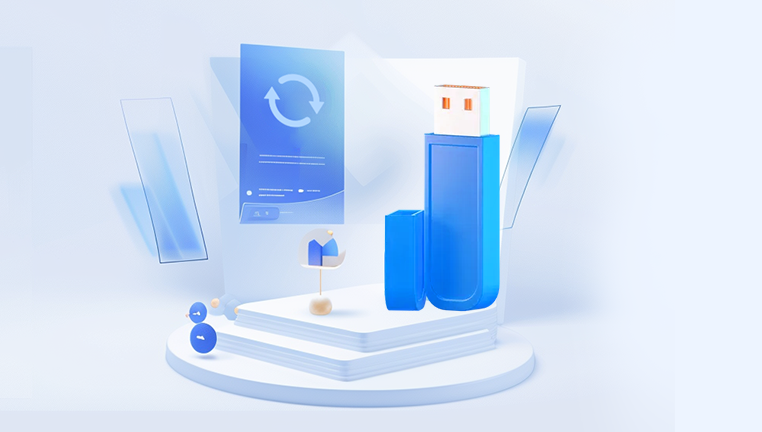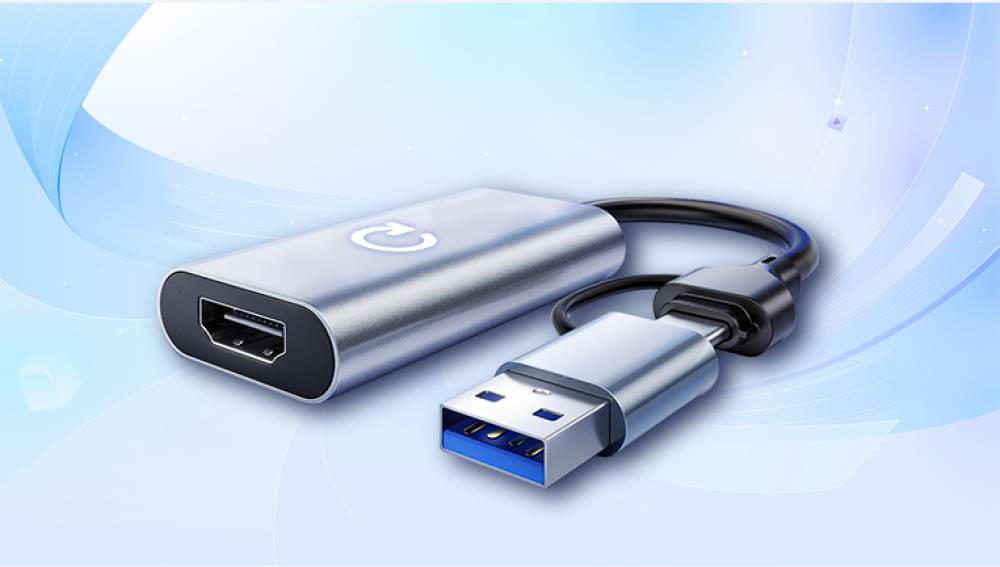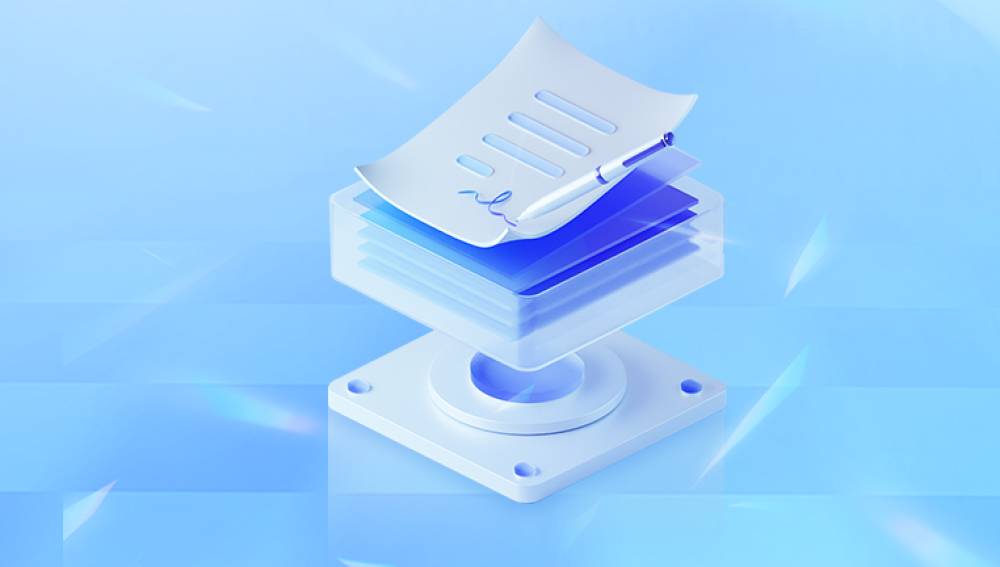1. Recover Files from Formatted USB
Losing data due to a formatted USB drive can be a frustrating experience. Whether it's due to accidental formatting, a virus attack, or some other reason, the good news is that in many cases, it is possible to recover the lost files.
2. Understanding How Data is Stored on a USB Drive
Before we delve into the recovery process, it's important to understand how data is stored on a USB drive. A USB drive consists of flash memory chips that store data in blocks. When you save a file to the USB drive, the operating system writes the data to specific locations on the drive and keeps track of the file's metadata, such as its name, location, and size, in a file system table. When you delete or format a USB drive, the operating system typically doesn't immediately erase the data from the flash memory. Instead, it marks the space occupied by the files as available for reuse and removes the file's entry from the file system table. This is why it's often possible to recover files that have been deleted or lost due to formatting.

3. Common Reasons for USB Drive Formatting
Accidental Formatting: One of the most common reasons is accidentally selecting the wrong drive when performing a formatting operation. This can happen when you're in a hurry or not paying close attention.
Virus or Malware Infection: In some cases, viruses or malware may corrupt the file system of the USB drive, making it appear as if the drive needs to be formatted. Or, in an attempt to remove the infection, users may choose to format the drive.
File System Errors: Corruption in the file system can cause various issues, such as the inability to access files or the drive being recognized as unreadable. Formatting is sometimes seen as a solution to fix these errors.
Preparing for Reuse: When you want to give the USB drive to someone else or use it for a different purpose, you may choose to format it to erase all the previous data and start fresh.
4. Precautions Before Attempting File Recovery
Stop Using the USB Drive Immediately: As soon as you realize that the USB drive has been formatted and you want to recover the files, stop using the drive immediately. Any new data written to the drive may overwrite the existing data that you want to recover, reducing the chances of successful recovery.
Avoid Connecting to Unreliable Computers: Only connect the USB drive to computers that you trust. Connecting to a computer with malware or other issues could further damage the drive or the data on it.
Backup Any Recovered Data: If you manage to recover some files, immediately back them up to another storage device, such as a hard drive or cloud storage. This ensures that you don't lose the recovered data in case of any further issues with the USB drive.
5. Methods to Recover Files from a Formatted USB Drive
Method 1: Using Windows File History or System Restore (for Windows Users)
Windows File History: If you have enabled Windows File History, it can be a convenient way to recover files from a formatted USB drive. File History automatically backs up your files at regular intervals. To recover files using File History, connect the USB drive to the computer, open the folder where the files were originally located, right - click on the folder, and select "Restore previous versions". You can then choose the version of the files you want to restore from the available backups.
System Restore: System Restore can also be used to recover files if a restore point was created before the USB drive was formatted. Go to the Control Panel, select "System and Security", then "System", and click on "System Protection" in the left sidebar. Select the drive that contains the USB drive's file system (usually the system drive), click on "Create" to create a new restore point (just in case), and then click on "System Restore". Follow the on - screen instructions to select a restore point before the formatting occurred and restore the system to that point. This may also restore the files on the USB drive if they were affected by the system changes.
Method 2: Using Time Machine (for Mac Users)
Mac users can use Time Machine to recover files from a formatted USB drive if it was backed up regularly. Connect the USB drive to the Mac, open the folder where the files were located, and click on the Time Machine icon in the menu bar. Select "Enter Time Machine" and navigate through the time - stamped backups to find the version of the files you want to recover. Click on the "Restore" button to restore the selected files to their original location.
Method 3: Using Third - Party Data Recovery Software
Drecov Data Recovery utilizes advanced scanning algorithms to detect and restore files, even from drives that have undergone a full format. Whether you’ve lost work documents, personal memories, or essential files, this tool ensures a high success rate in recovery. It supports various file systems, including FAT32. exFAT, and NTFS, making it compatible with a wide range of USB drives.
To recover your data, simply connect the formatted USB drive, launch Drecov Data Recovery, and select the recovery mode. The software will scan the drive, allowing you to preview and restore the files you need. With an intuitive interface and powerful recovery capabilities, Drecov Data Recovery is an essential tool for retrieving lost files from formatted USB drives.
Method 4: Using Command Prompt (for Advanced Users)
For advanced users, the Command Prompt can be used to recover files from a formatted USB drive. This method requires some knowledge of command - line commands. Here's a general approach:
Open the Command Prompt: Press the Windows key + R, type "cmd" in the Run dialog box, and press Enter to open the Command Prompt.
Identify the USB Drive Letter: Use the "diskpart" command. Type "diskpart" in the Command Prompt and press Enter. Then type "list disk" to display a list of all the disks connected to the computer. Identify the disk number of the USB drive. Next, type "select disk [disk number]" (replace [disk number] with the actual disk number of the USB drive). Then type "list partition" to display the partitions on the USB drive. Note the drive letter assigned to the USB drive.
Use the "chkdsk" Command: Type "chkdsk [drive letter]: /f" (replace [drive letter] with the actual drive letter of the USB drive) to check and fix any file system errors on the USB drive. This may also recover some lost files.
Use Data Recovery Commands: There are some data recovery - specific commands that can be used, such as "attrib - h - r - s /s /d [drive letter]:*.*" to remove hidden, read - only, and system attributes from the files on the USB drive, making them more accessible for recovery.
6. Troubleshooting Common Issues During File Recovery
Drive Not Detected: If the USB drive is not detected by the computer or the data recovery software, try connecting the drive to a different USB port. Make sure the USB drive is properly plugged in and that the computer's USB drivers are up to date. If the drive is still not detected, it could be a hardware issue with the USB drive, and you may need to have it checked by a professional.
Recovery Software Not Working Properly: If the data recovery software is not working as expected, make sure you have installed the latest version of the software. Check the software's settings and make sure you have selected the correct scan options. If the problem persists, try using a different data recovery software.
File Corruption After Recovery: Sometimes, the recovered files may be corrupted or unreadable. This can happen if the data was damaged before the recovery or if the recovery process was interrupted. Try recovering the files again using a different method or software. If the files are still corrupted, it may be due to physical damage to the USB drive, and in such cases, professional data recovery services may be required.
7. When to Seek Professional Data Recovery Services
Physical Damage to the USB Drive: If the USB drive has been physically damaged, such as being dropped, exposed to water, or having a broken connector, it's best to seek professional data recovery services. Professionals have the tools and expertise to handle such situations and may be able to recover the data even from a damaged drive.
Complex File System Corruption: When the file system on the USB drive is severely corrupted and the above - mentioned methods are unable to recover the files, professional data recovery services may be able to use more advanced techniques to repair the file system and recover the data.
Important or Sensitive Data: If the data on the USB drive is extremely important, such as business - critical documents, financial records, or personal photos and videos that cannot be replaced, it's advisable to consult professionals. They have the experience and resources to maximize the chances of successful data recovery.




